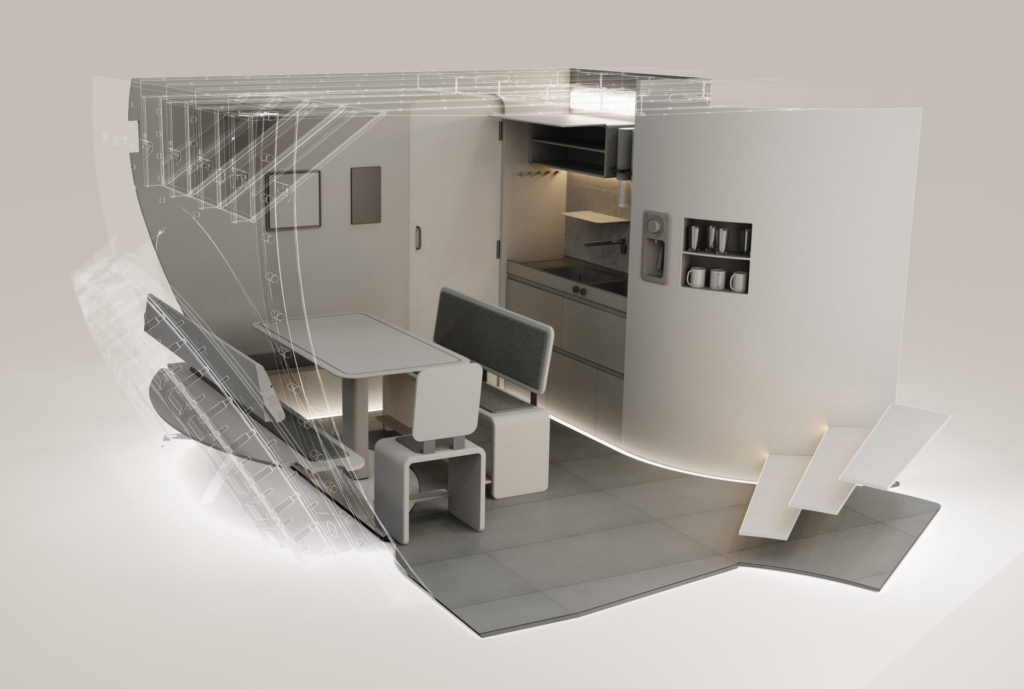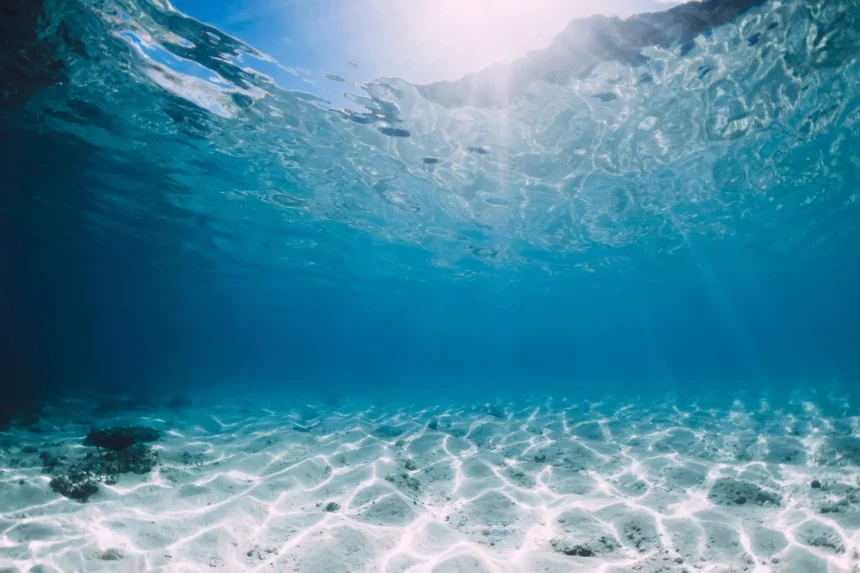Space exploration has long fascinated scientists and dreamers alike, but what if the next great frontier isn’t above us but beneath us? A UK-based company, DEEP, is developing modular underwater habitats for long-term human habitation, marine research, security operations, and even deep-sea tourism.
DEEP’s first habitat, Vanguard, is set to launch in 2025. Measuring 12 meters long and 7.5 meters wide, it is designed to house three individuals at a depth of 100 meters for short-term missions. The company’s more advanced habitat, Sentinel, is expected in 2027 and will be capable of hosting six occupants for up to 28 days at depths of 200 meters. Sentinel will provide wet and dry lab facilities, allowing real-time deep-sea research and seamless diver access through a moon pool.
What’s Happening & Why This Matters
Underwater Habitats for Research, Security, and Tourism
DEEP is positioning its habitats as multi-purpose underwater stations that could revolutionize deep-sea research, global security efforts, and even underwater tourism. These futuristic habitats will serve various real-world applications:
- Scientific Research: Sentinel will allow biologists to study marine life, deep-sea ecosystems, and seabed geology without continuous surfacing.
- National Security: Global navies and intelligence agencies can monitor undersea infrastructure, including critical subsea cables and pipelines for oil, gas, and data transmission.
- Tourism and Commercial Use: These habitats could serve as underwater hotels, diving research stations, or even immersive aquariums, providing visitors with an exclusive experience of the deep sea.

Addressing Global Security Concerns
With over 95% of global internet traffic flowing through undersea cables, governments are increasingly concerned about sabotage and cyber threats. Europe has witnessed multiple security breaches in recent years, including the Nord Stream pipeline sabotage in 2022 and the Balticconnector pipeline incident in 2023. DEEP’s underwater habitats could provide a strategic advantage in monitoring and protecting vital underwater infrastructure against threats.
- Subsea infrastructure is vulnerable: Pipelines and data cables stretch for thousands of miles, often in unmonitored waters, making them susceptible to tampering, espionage, or sabotage.
- Military and commercial interest: Nations worldwide are exploring ways to fortify their underwater assets, and DEEP’s habitats offer a stationary surveillance option in otherwise difficult-to-access regions.
- A new era of marine security: These underwater bases could allow on-site data collection, real-time monitoring, and rapid emergency response capabilities.
How DEEP is Building the Future
The habitats are being constructed using state-of-the-art technology, including wire-arc additive manufacturing, which uses metal instead of plastic like a large-scale 3D printer. This method ensures:
- Stronger, pressure-resistant structures capable of withstanding deep-sea conditions.
- Less material waste compared to conventional manufacturing.
- Modular assembly allows each habitat to be transported, reconfigured, and expanded based on specific needs.


This innovative construction technique enhances durability and efficiency, making the habitats customizable for different uses — mobile research stations, emergency response hubs, or permanent underwater residences.
The Ocean as the New Space
DEEP envisions a world where underwater exploration is as exciting as space travel. President Sean Wolpert likens their mission to SpaceX’s impact on the space industry, aiming to attract top innovators and reshape humanity’s relationship with the ocean.
With discussions underway in Europe, the Middle East, and North America, DEEP’s underwater habitats might soon transition from futuristic concepts to everyday reality.

TF Summary: What’s Next
Underwater living is no longer just science fiction. With advanced engineering, modular designs, and global interest, DEEP’s vision for oceanic habitats could redefine deep-sea exploration, security, and tourism. As the company moves forward with its plans, we could soon witness a new era where humans live and work beneath the waves.
— Text-to-Speech (TTS) provided by gspeech


